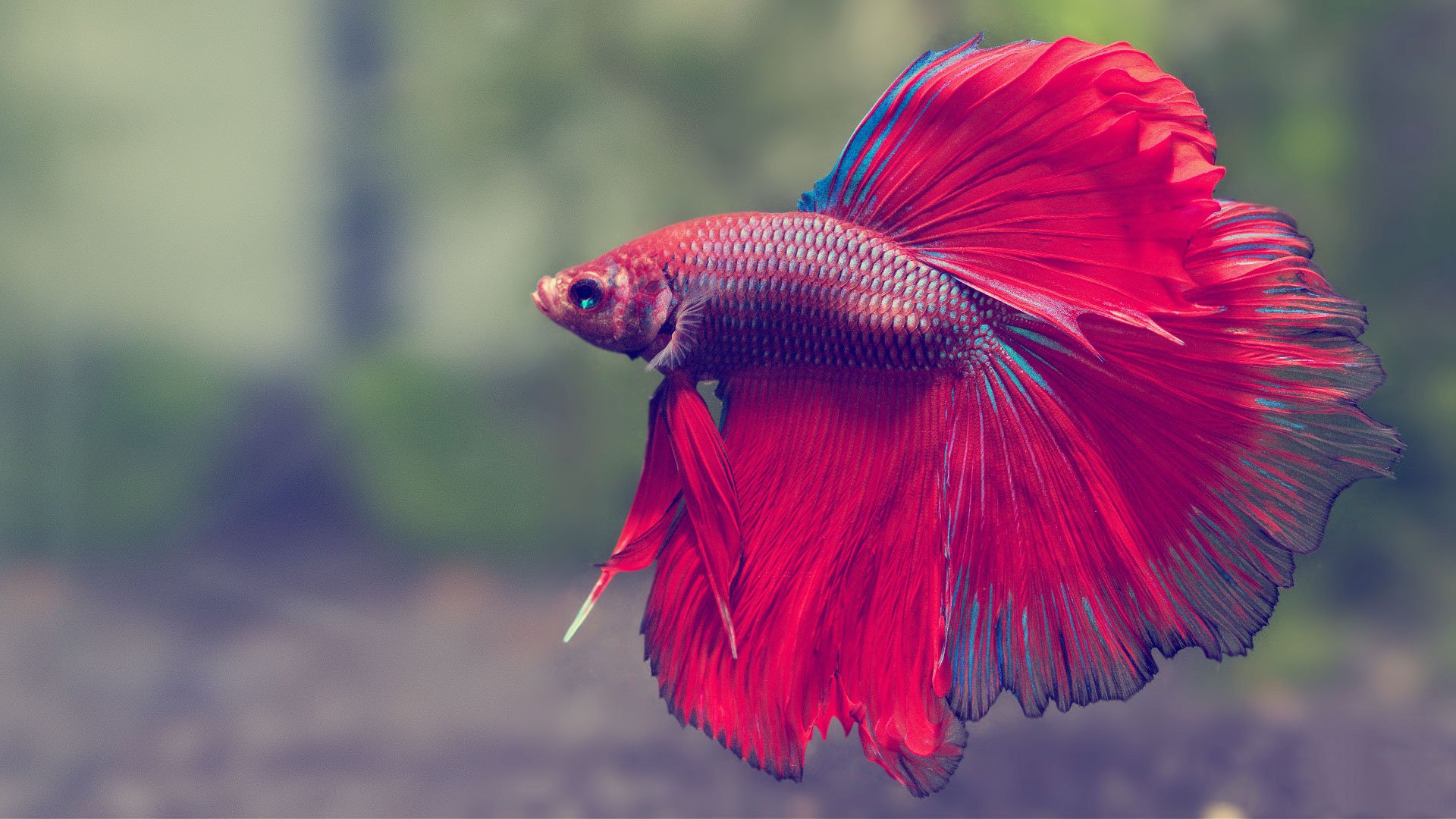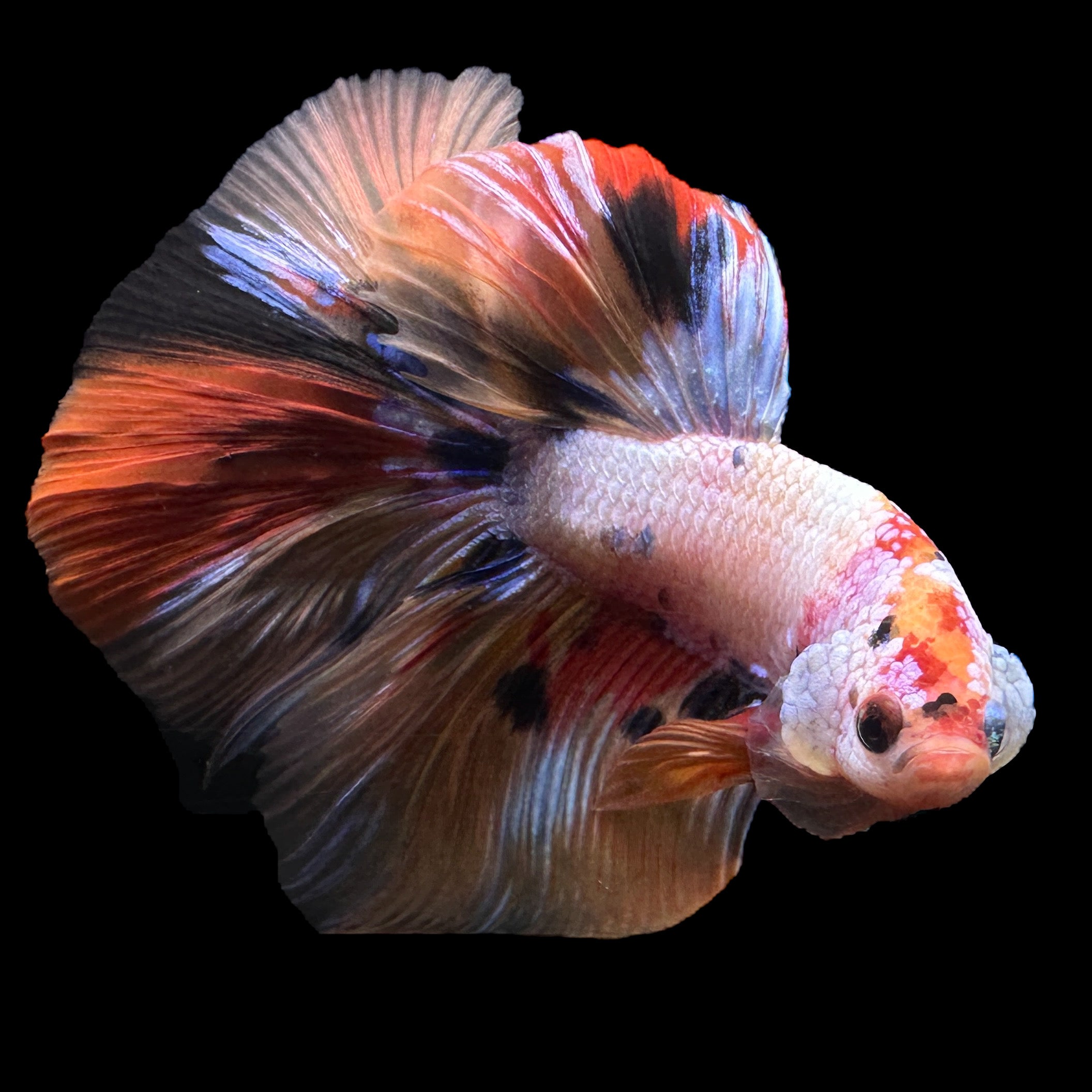Exactly how to Choose the Right Betta Fish for Your Fish tank
Exactly how to Choose the Right Betta Fish for Your Fish tank
Blog Article
Breeding Betta Fish: a Comprehensive Step-By-Step Overview to Efficiently Raising Infant Bettas From Eggs to Their Adult Years
Breeding Betta fish is a meticulous endeavor that needs cautious preparation and implementation to make certain the effective development of fry from eggs to mature fish. As the male Betta diligently constructs a bubble nest and guards the precious eggs, the succeeding phases of care and change need focus to detail and expertise of best practices.

Choosing Reproduction Pairs
When starting the trip of breeding Betta fish, choosing the appropriate reproduction sets is vital to attaining preferable attributes and a healthy and balanced lineage - betta fish. The primary step in this procedure is to determine the specific traits you wish to enhance or protect, such as color, fin type, and physique. It is important to choose genetically diverse sets to stay clear of inbreeding, which can lead to wellness problems and unwanted features
Evaluate potential reproducing prospects carefully. A healthy and balanced male Betta must display lively colors, an active attitude, and well-formed fins, while the woman should additionally display lively coloration and a rounded belly, suggesting preparedness for spawning. Observing the temperament of both fish is essential, as aggressive or excessively reluctant individuals might not breed successfully.
Documentation of lineage is similarly vital. Maintaining records of the parent fish's origins can aid you track hereditary traits and potential concerns. Additionally, consult trustworthy dog breeders or on the internet resources for advice on choosing suitable sets. Inevitably, spending time in the selection process will substantially enhance the likelihood of producing strong, dynamic offspring that meet your breeding goals (betta fish).

Preparing the Breeding Container
Producing an ideal breeding environment is an essential action after picking ideal pairs for Betta fish. The breeding tank should be specifically designed to provide convenience and promote the all-natural breeding actions of the fish. Begin with a storage tank size of a minimum of 10 gallons to make sure sufficient area for both the man and female Bettas.
Maintain a gentle filtration system to keep the water clean while preventing strong currents that can stress the fish. Furthermore, an air stone can be included in supply oxygenation without interfering with the water surface area way too much.
Temperature law is important; go for a stable series of 78-82 ° F(25-28 ° C) making use of a reputable heater. The pH degree need to be preserved in between 6.5 and 7.5, and normal water modifications are necessary to make certain high water high quality.
Include drifting plants or generating sponges to produce hiding places for the lady, while likewise encouraging bubble nest building by the man - betta fish. Ultimately, make certain the tank is totally free from sharp designs and any type of potential threats, as the welfare of the fish need to constantly be focused on during this critical phase of breeding.
The Breeding Refine
Typically, the breeding procedure for Betta fish entails a series of unique and visible actions that suggest readiness for recreation. The male Betta begins by building a bubble nest at the water's surface, which acts as a site for the fed eggs. This nest is crucial, as it offers a secure setting for the eggs up until they hatch.
When the nest is established, the look at these guys male will present courtship behaviors, such as flaring his fins and exhibiting lively shades to bring in the woman. The woman, upon go to this web-site noticing the man's readiness, will react by presenting upright red stripes along her body, indicating her receptiveness.
The fertilized eggs after that fall to the bubble nest, where the male carefully collects and returns them to the nest. Following this, the male assumes duty for guarding the nest and ensuring the safety of the eggs until they hatch, normally within 24-36 hours.
Taking Care Of Betta Fry
Caring for Betta fry requires careful interest to their atmosphere and nutrition to make sure healthy and balanced growth and advancement. After hatching, Betta fry are extremely small and vulnerable, requiring a stable and clean habitat.
Feeding Betta fry is just as essential. They must be provided infusoria or finely smashed premium fry food, as their mouths are as well little to take care of larger fragments. As they expand, you can slowly present bigger foods, such as infant brine shrimp or powdered flakes, to ensure they receive appropriate nourishment. Feed them tiny quantities numerous times a day, bewaring not to overfeed, which can lead to water top quality concerns.
Transitioning to Adult Bettas
As Betta fry mature, transitioning them to grown-up Bettas is an essential stage that requires careful administration of their setting and social interactions. This procedure typically begins when the fry get to around 6 weeks of age, at which factor they can be slowly introduced to a much more structured living setting.
To facilitate this shift, it is necessary to news make certain that the water criteria-- such as temperature level, pH, and ammonia levels-- are optimum and secure. Adult Betta fish prosper in cozy water (around 78-80 ° F) with a pH of 6.5 to 7.5. Gradually acclimate the fry to these problems to decrease stress and anxiety.
Social communications are one more essential factor; male Bettas are notoriously territorial and hostile. It is suggested to separate males into specific storage tanks as they mature. Female Bettas can be housed together, yet treatment should be required to check for indicators of aggressiveness.
Furthermore, dietary modifications ought to be made as the fry expand. Integrate premium pellets and live foods to sustain their development and health and wellness. By taking care of these variables effectively, you can promote a successful transition to the adult years for your Betta fish.

Verdict
Successful breeding of Betta fish requires mindful attention to information throughout the entire process, from picking genetically varied sets to giving optimal treatment for fry. Furthermore, a well balanced diet regimen and gradual adaptation to adult atmospheres are important for the development and advancement of Betta fish.
Report this page